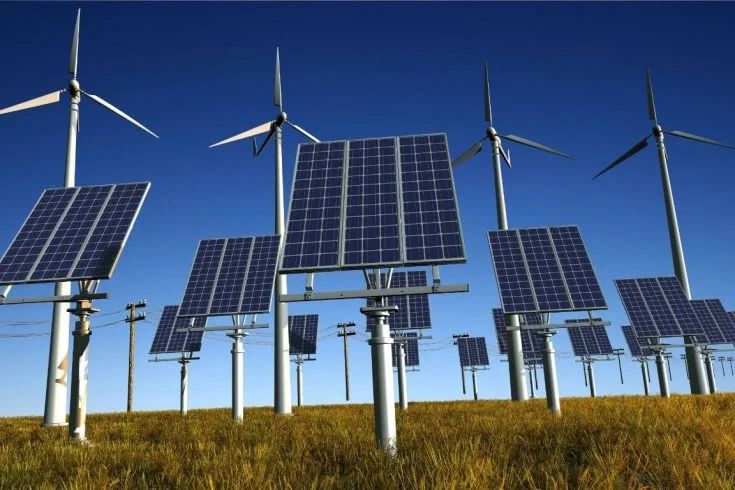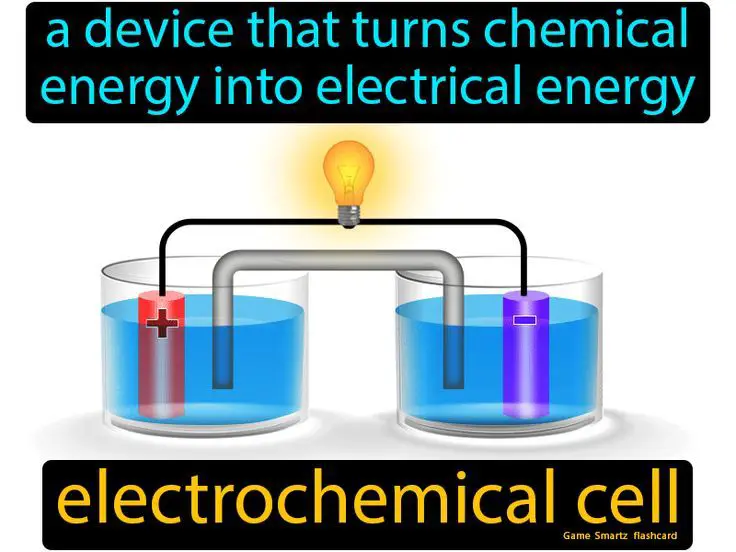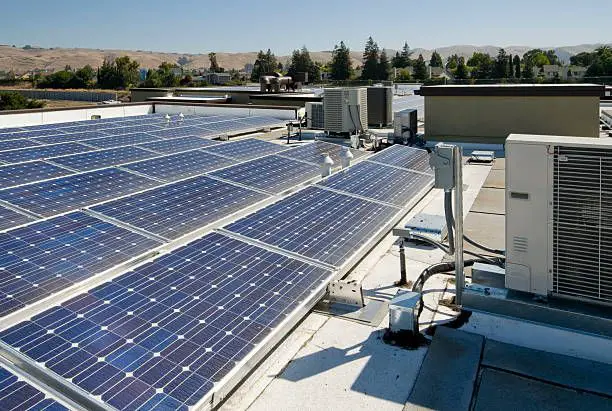Is Nuclear Fusion Environmentally Friendly?
Nuclear fusion is a process where the nuclei of two atoms are combined, or fused together, to form a single heavier nucleus. This fusion reaction releases massive amounts of energy in the form of heat. Fusion occurs naturally within stars, like our Sun, where gravity creates extremely high pressures and temperatures needed for fusion.
Research into harnessing fusion energy on Earth has focused on developing fusion reactors that can create the conditions needed for controlled fusion reactions. The goal is to convert the released fusion energy into usable electricity. Since fusion does not rely on fossil fuels and does not produce greenhouse gases or long-lived radioactive waste, it is considered a potential clean, safe and virtually limitless energy source.
The key questions around fusion’s environmental impact include: What fuels will be used? Will it generate hazardous radiation or waste? Will reactors consume vast amounts of water? Will they take up large areas of land? This article will examine these questions and evaluate whether nuclear fusion can truly be considered an environmentally friendly energy source.
How Nuclear Fusion Works
Nuclear fusion is the process by which multiple atoms join together, or fuse, to form a heavier atom. It’s the same process that powers stars like our sun. Fusion releases enormous amounts of energy because the mass of the new atom is less than the combined mass of the atoms that formed it. The “missing” mass is converted directly into energy per Einstein’s famous formula E=mc2.
In stars like the sun, fusion occurs when hydrogen atoms are subjected to extreme heat and pressure, fusing them into helium. On Earth, scientists use different fusion fuel sources like deuterium and tritium. With these atoms, fusion occurs at lower temperatures.
Unlike nuclear fission, fusion does not split atoms. Fission breaks large atoms like uranium apart, also releasing energy in the process. Fusion joins smaller atoms together, so it does not produce the same radioactive byproducts as fission.
Fusion Fuel Sources
Nuclear fusion reactions require fuels that can be fused together under extremely high temperatures. The most promising fusion fuels are different isotopes of hydrogen: deuterium and tritium. Deuterium is an isotope of hydrogen with one proton and one neutron in its nucleus. Tritium is an isotope of hydrogen with one proton and two neutrons.
Deuterium occurs naturally and can be distilled from all forms of water. There are over 33 billion metric tons of deuterium on Earth, an almost inexhaustible supply. Tritium does not occur naturally in any significant quantities due to its short half-life of around 12 years. However, tritium can be bred from lithium using neutrons produced by the fusion reactions themselves. There are enough lithium reserves on Earth to generate fuel for millions of years.
The core challenges with using deuterium and tritium fusion fuels are economically extracting deuterium from water sources and managing radioactive tritium breeds and effluents. But the enormous global supply of fusion fuels provides hope that fusion power could reliably satisfy global energy demands once fully harnessed.
Fusion Reactors and Technology
There are several fusion reactor designs being developed to enable the use of fusion power. These include:
Tokamak Reactors – These reactors use magnetic fields to contain the hydrogen plasma needed for fusion. The plasma is shaped like a torus (donut) to stabilize it. Some leading tokamak designs include the Joint European Torus (JET), ITER (International Thermonuclear Experimental Reactor), and SPARC (CFS-MIT collaboration).
Stellarators – Similar to tokamaks but rely mostly on external magnets for plasma confinement rather than the plasma current. Some examples are the Wendelstein 7-X in Germany and the Helically Symmetric Experiment (HSX) in the US.
Inertial Confinement – These aim to rapidly heat and compress fusion fuel with lasers or ion beams rather than magnetic fields. Some examples are the National Ignition Facility in the US and Laser Megajoule Facility in France.
Significant progress has been made in fusion technology and research over the past decades. Scientists have successfully demonstrated fusion reactions at experimental reactors. The next major milestone will be achieving a net energy gain from fusion reactions. If current timelines hold, ITER aims to achieve this by 2035. Commercial fusion power plants could potentially be deployed starting around 2050.
Radiation Emissions
Nuclear fusion emits much less radiation than nuclear fission.
Nuclear fission generates high levels of radiation, including highly radioactive fission products, that must be contained appropriately. The splitting of large atoms like uranium produces a variety of radioactive isotopes with different decay times, making fission waste management complex over long time frames.
In contrast, fusion between hydrogen isotopes produces much lower levels of radiation. Fusion only emits energy and helium, which is not radioactive. This reduces issues with radioactive waste management compared to fission. Additionally, the risk of severe accidents spewing radiation are lower with fusion than fission.
Overall, nuclear fusion reactions release about 4 million times less radiation than an equivalent fission reaction. This makes fusion substantially more attractive from a radiation emissions and safety perspective.
Water Use
Fusion reactors do require water for cooling. The intense heat generated from fusion reactions would quickly damage reactor components if not properly cooled. Most fusion reactor designs rely on water cooling systems to regulate temperatures. However, fusion reactions produce significantly less radioactive byproducts compared to fission reactors. Therefore, fusion reactors use clean or “virgin” water for cooling rather than contaminated water that requires treatment.
The amount of water needed for cooling depends on the reactor’s heat load and thermal efficiency. More advanced reactor designs incorporate higher performance heat exchangers to minimize water consumption. Closed-loop cooling systems recycle and reuse cooling water which further reduces usage. Fusion’s lower radioactivity allows using simpler water treatment compared to fission, cutting water needs. Overall, fusion reactor water usage is modest compared to other power plants when factoring in thermal efficiency and advanced cooling methods.
Land Use
Nuclear fusion power plants have minimal land use requirements compared to other energy sources. Fusion reactors themselves are relatively compact. A commercial fusion power plant would likely require about 10-20 acres of land for the reactor building and supporting infrastructure.
Additionally, fusion fuel sources like deuterium can be extracted from seawater, so no land is needed for mining fuel. And the small amount of radioactive waste generated can be safely stored on-site with minimal land requirements.
In contrast, coal and natural gas plants can require hundreds or thousands of acres for mining and transporting fuel. Solar and wind farms need large areas of land to capture diffuse energy. Fusion has a substantial advantage over renewables and fossil fuels when it comes to land use.
Carbon Emissions
When considering the carbon emissions of nuclear fusion power, it’s important to compare the full lifecycle emissions against other energy sources. This includes emissions from constructing fusion reactors, fuel production, energy generation, decommissioning, and waste disposal.
Most analyses suggest fusion power would have very low lifecycle carbon emissions compared to alternatives like fossil fuels, due to the non-carbon nature of fusion reactions. Unlike fossil fuels, fusion doesn’t burn hydrocarbons, so direct energy generation would emit no greenhouse gases.
There would still be some emissions from plant construction and dealing with waste, though likely less than low-carbon options like renewable energy. And fusion eliminates the intermittency issues of renewables, potentially making it a crucial dispatchable and dependable carbon-free power source for the future.
Overall, the lifecycle emissions of fusion look extremely promising – possibly the lowest of any realistic future electricity source. So from a climate change mitigation perspective, commercial fusion energy can’t come soon enough.
Conclusion
Based on the research into fusion technology and its environmental impact, the verdict is that fusion power has the potential to be much more environmentally friendly than current fission reactors and fossil fuels. Fusion fuel sources create no high-level nuclear waste, emit no greenhouse gases, require less land and water than other power plants, and operate safely without risk of meltdown or weapons proliferation.
However, commercial fusion reactors are still under development. While theoretical models and experimental reactors like ITER showcase fusion’s promise, the technology’s full environmental profile can’t be declared definitively. Research must continue to create practical fusion plants and study their long-term sustainability.
With responsible development, fusion could provide abundant clean energy with minimal negative impacts. But more data is needed from future fusion facilities before concluding fusion power is completely environmentally benign compared to other energy sources.







